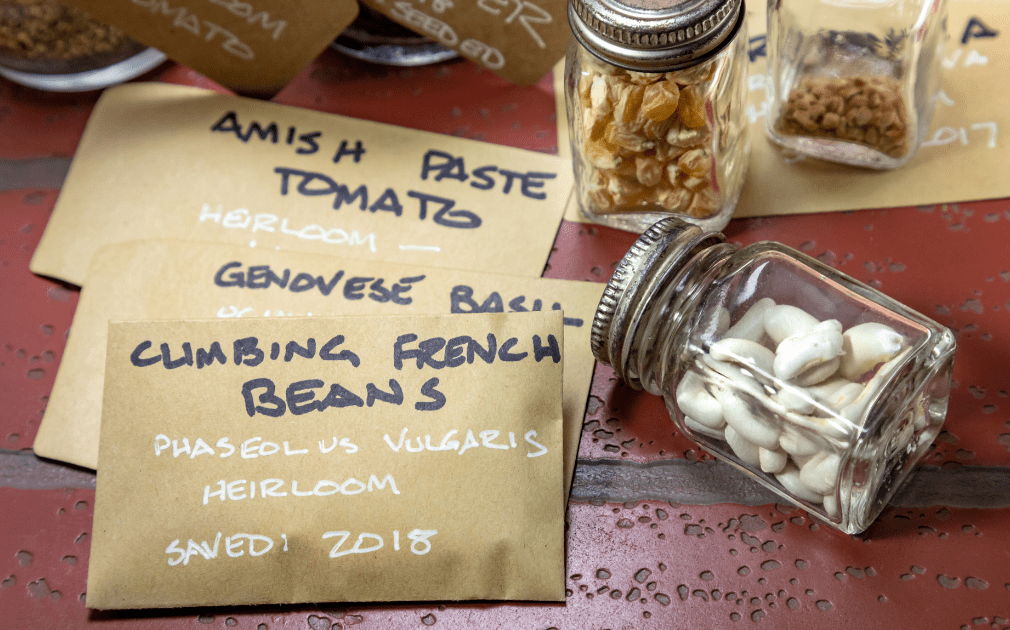Recently I posted about how to determine the viability of old garden seeds using a germination test. Amazingly, some seeds may still germinate 5, or even 6 years after their original purchase. Don’t assume, however, that any and all seeds you have left over are still viable, especially if you failed to take special care in how they were stored.
So how should we properly store our leftover garden seeds? Experts tell us that there are three major factors that affect seed viability; temperature, light, and moisture. By controlling these factors, we can ensure that the seeds do not sprout or decay while in storage. For long term storage, garden seed packets can be placed in sealed glass jars, or in plastic or metal containers and then stored in a cool, dark place.
If you harvest your own seeds, resealable plastic sandwich bags are a great storage option. Label your bags with crop and year with any special notes, and then place them in a glass or plastic container. The optimum place to store seeds for the winter is in the refrigerator or freezer where temperatures are consistently below 40 degrees. After removing your airtight containers from cold storage, wait until the container and seeds have reached room temperature before opening them. When freezing-cold seeds are exposed to the warm moist air in your home, water may condense on the seed’s surface, initiating germination or creating an opportunity for mold to develop. Read more Storing Your Garden Seeds
